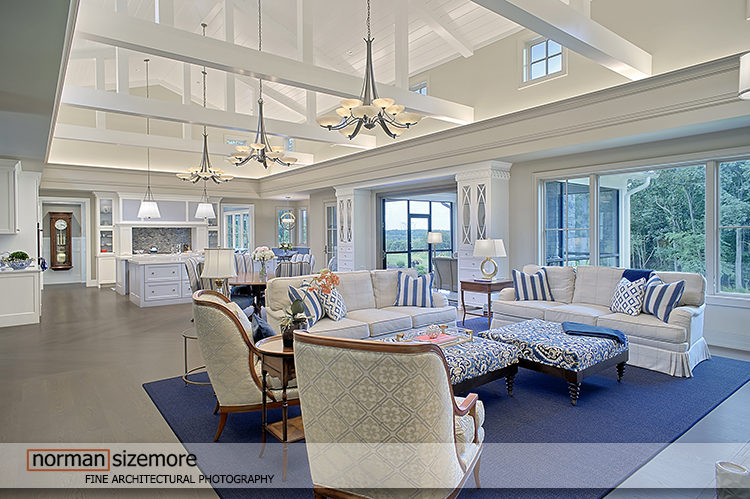We've been
working a little more at the office, preparing to get back to
business. Makes me smile!
To
pass time while processing a couple of recent product photo shoots, I fired up
my ancient, trusty, reliable, bullet proof, amazing 2005 Macintosh G4 with dual
chrome doors. This computer (know as MacZilla) is what I
use to run all of my period correct film scanners and related software from.
Recently
while archiving a stack of old film negatives , I came across what I believe to
be the only exterior photo of our Plainfield Ill, Lockport street portrait
studio. It made me flash back to where
we were over twenty years ago.
Seated
on the sidewalk bench is my business partner Mary Price and her studio dog
Samson. I am certain that is taken early in the morning, when Mary was out walking Samson and I went across the
street to get us some coffee. I always
carry a camera and took a quick snap shot while coming back. I am so happy that I did.
It’s
healthy to look back on your career, to remember how you started. To ponder the struggles that you overcame,
the help that you received from family and friends, the hours spent learning,
crafting, honing your skill so that you could be better at what you love.
In
our humble studio you entered a comfortable gallery waiting area that highlighted some of
our portrait and wedding photography.
Our studio consisted of a formal office, changing room and large open
studio, complete with state of the art cameras, studio lighting and sound system. Here we photographed scores of high school seniors,
families, models, musicians and fine art portraits. It was a very creative atmosphere and one
that we loved working in.
It
is also the location where we received a call from a Michigan architect that
asked us to photograph a location he had built just behind our studio. “Shoot a roll and just send it to me, don’t
develop it, I will take care of that myself”.
A week later I got a call from this seasoned architect to tell me that our film contained the best architectural photography work he had ever
seen. Would we be willing to travel and
do more? You bet, and so was the begining
of our architectural work, which has now become our specialty.
Below
are a couple of film shots from our days on Lockport Street.



























